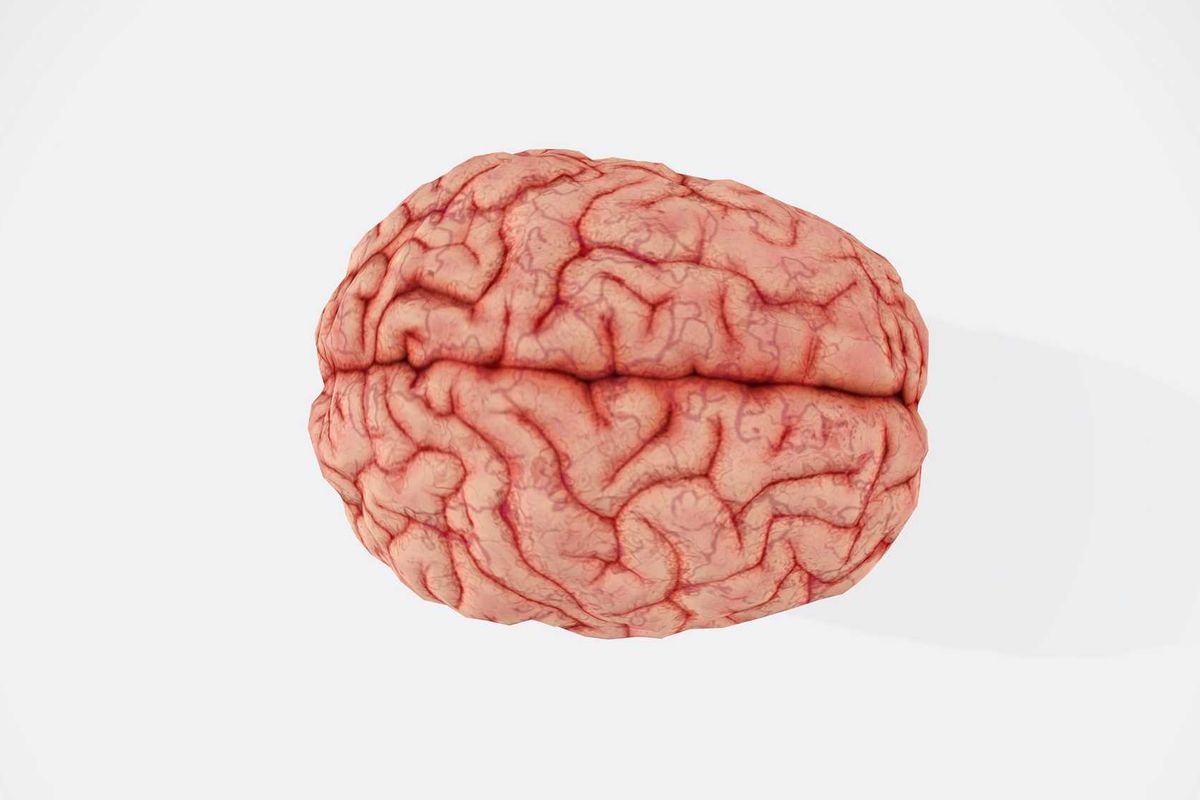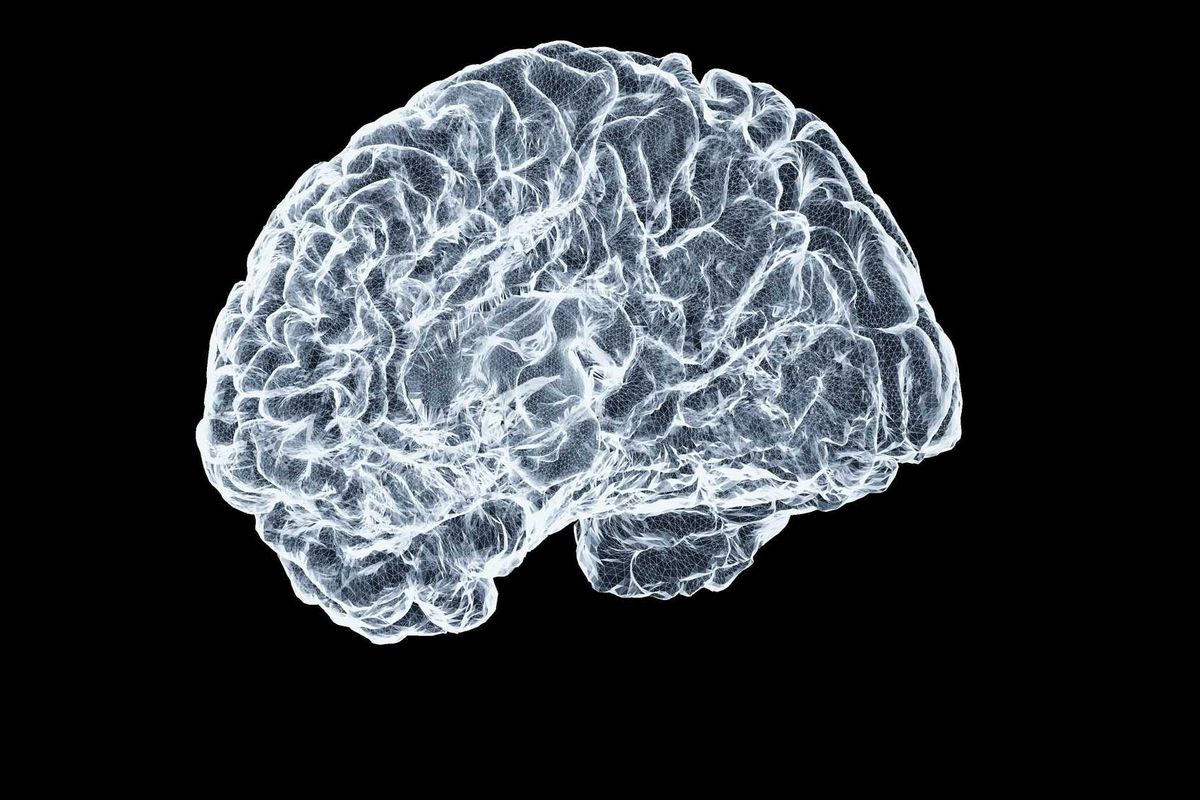Xfinity cranks up internet speeds in Southeast Texas at no extra cost
Power Your Digital Life
Here's some excellent news: Comcast has upgraded Xfinity Internet speeds for more than 20 million customers, including hundreds of thousands of Southeast Texas customers, for no additional cost.
Xfinity Internet tiers, and the NOW branded prepaid products, will now benefit from 50 to 100 percent faster upload speeds, helping customers upload large files in a flash when working from home or post videos to social media in seconds. Download speeds will also increase for most internet tiers.

Customers can view the details of their current internet plan by going to the Account, Your Plan section in the Xfinity app. While there, customers can also test their internet speed.
As the demand for connectivity continues to skyrocket in hyper-connected households, the new speed increases will provide even faster download and upload speeds to ensure customers can do more of what they love online — stream, game, chat, surf, and more — on all their devices, all at the same time.
“We want and need seamless connectivity for everything,” says Jose Espinel, Comcast Texas’ regional senior vice president. “Our faster download and upload speeds, combined with our world-class WiFi equipment, ultra-low-lag internet experience, and WiFi PowerBoost that delivers speeds up to a gig, are providing a converged connectivity experience that we believe is unmatched in the industry.”
With 94 percent of devices connecting to the internet via WiFi, fast speeds are only as good as the WiFi that connects them. At home, Xfinity’s WiFi gateways and extenders create a fast, reliable, and secure connection to every corner of the house. Outside of the home, Comcast’s Xfinity internet customers have access to the nation’s largest network of WiFi hotspots to connect on the go.
In addition to faster speeds, new and existing Xfinity Internet customers can now get a line of Unlimited on Xfinity Mobile included for a year when they subscribe to a 400 Mbps or faster plan.
And with WiFi PowerBoost, Xfinity Mobile and Comcast Business Mobile customers seamlessly receive WiFi speeds up to 1 Gbps no matter what internet speed tier they subscribe to, in and out of the home, on the nation’s largest and fastest WiFi network.
Fast download and upload speeds are an important feature of a comprehensive connectivity experience that delivers incredible benefits to consumers, including:
- Reliability: Xfinity has greater than 99 percent reliability, and the Xfinity network utilizes artificial intelligence to keep customers connected by fixing issues before customers even know they happened.
- Ultra-low-lag: Comcast recently introduced the first customers in the world to a pioneering new feature of Xfinity Internet that dramatically reduces latency when using interactive applications like gaming, videoconferencing, and virtual reality. Customers will have less delay and a smoother, more responsive end-to-end online experience.
- Great WiFi in and out of the home: Next-generation Xfinity gateways deliver advanced WiFi capacity to power hundreds of devices in homes, and more than a billion devices each year across Comcast’s network. WiFi PowerBoost delivers Xfinity Mobile customers speeds up to 1 Gbps over WiFi at home or at millions of WiFi hotspots across the country.
- Digital security: xFi Advanced Security, included free for customers who lease an Xfinity gateway, protects connected devices from malware and other threats at the gateway before they reach connected household devices. Since launching xFi Advanced Security, Xfinity has stopped more than 10 billion cyber security threats.
Customers can take advantage of the unlimited mobile line offer via their account on Xfinity.com, in the Xfinity app, or by calling 1-800-XFINITY.





